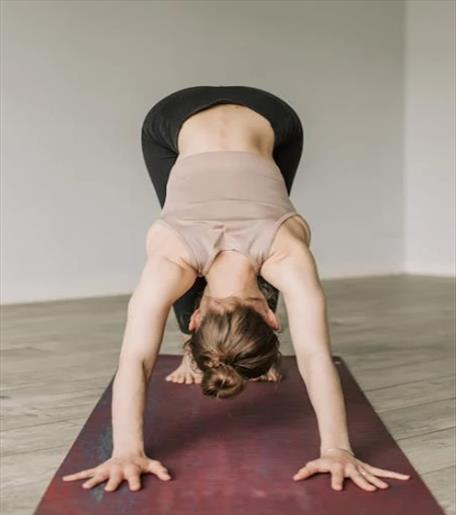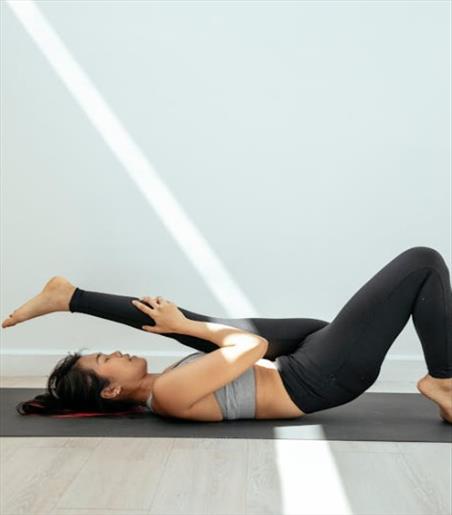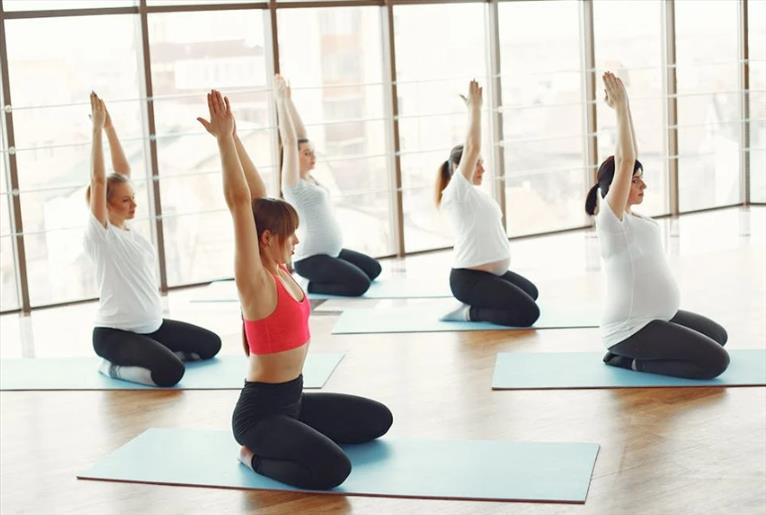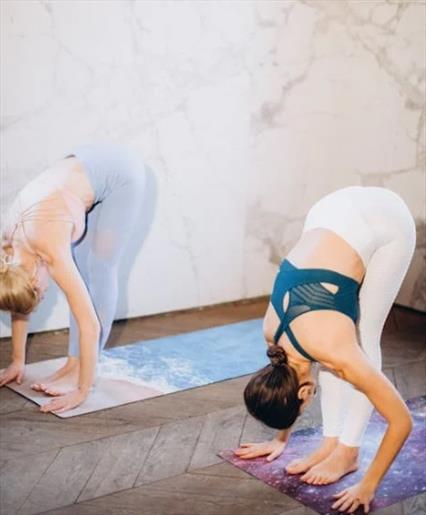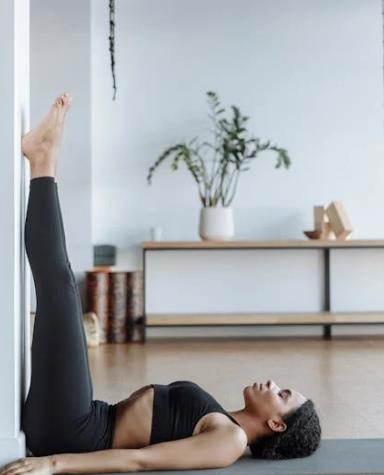| |
If you’ve ever been rudely awakened by a sudden jolt of pain in your calf or thigh, you know the agony of leg cramps. These involuntary muscle contractions can strike at the worst moments, during sleep, after a workout, or even while sitting too long. While hydration and nutrition play key roles, yoga can be a game-changer for preventing and easing cramps. Here are five yoga poses that can help cure and prevent leg cramps, all while improving flexibility and circulation.
Downward-facing dog (Adho Mukha Svanasana)
This classic full-body stretch targets the hamstrings, calves, and Achilles tendons. It improves blood flow and releases muscle tightness in the lower limbs. Start on your hands and knees, then lift your hips toward the ceiling, straightening your legs as much as possible. Press your heels gently toward the ground. It also strengthens your arms and shoulders.
Source: Pexels
Reclining hand-to-big-toe pose (Supta Padangusthasana)
A perfect hamstring and calf stretch, especially for runners or those on their feet all day. Lie on your back, extend one leg upward, and use a yoga strap (or towel) to hold the foot. Keep the opposite leg flat on the mat. Breathe deeply and hold for 30–60 seconds per leg. Don’t worry if your lifted leg doesn’t go straight, go only as far as your body allows.
Source: Pexels
Hero pose (Virasana)
This seated posture stretches the thighs, knees, and ankles, common cramp zones. Kneel on the floor with knees together and feet slightly wider than hips. Sit back between your feet (use a block if needed). Sit tall and breathe. Avoid this pose if you have knee pain.
Source: Pexels
Standing forward fold (Uttanasana)
Gently stretches the hamstrings, calves, and hips, which can relieve tightness that leads to cramping. Stand with feet hip-width apart. Hinge at the hips and fold forward, letting your head and arms hang. Slightly bend your knees if needed. You’ll feel the stretch right where it counts, along the backs of your legs.
Source: Pexels
Legs-up-the-wall pose (Viparita Karani)
This restorative inversion improves circulation and relaxes overworked leg muscles, easing cramp risk. Lie on your back and extend your legs up a wall. Scoot your hips as close to the wall as comfortable. Relax your arms at your sides and breathe deeply for 5–10 minutes. Ideal for relaxing the legs after a long day on your feet.
Source: Pexels
|


